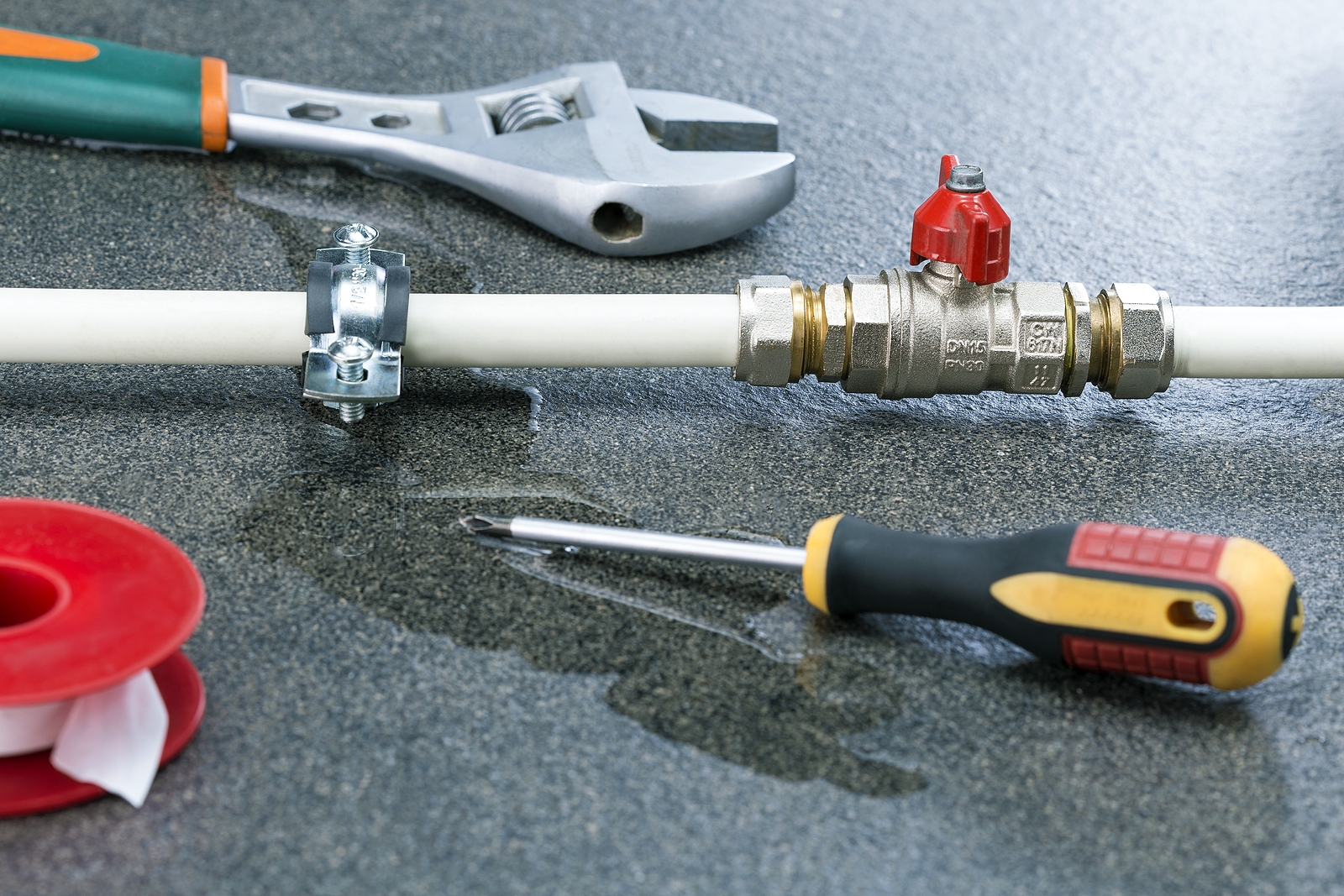How to Find and Repair Work Water Leaks-- A Comprehensive Guide
How to Find and Repair Work Water Leaks-- A Comprehensive Guide
Blog Article
What're your concepts about Leaking water lines?

Early discovery of leaking water lines can alleviate a potential calamity. Some small water leaks may not be noticeable.
1. Take A Look At the Water Meter
Every house has a water meter. Examining it is a surefire way that aids you find leaks. For starters, turn off all the water resources. Guarantee nobody will flush, use the faucet, shower, run the cleaning equipment or dish washer. From there, go to the meter as well as watch if it will certainly change. Given that no person is using it, there need to be no motions. If it relocates, that suggests a fast-moving leak. Furthermore, if you find no changes, wait an hour or more as well as inspect back once again. This implies you may have a sluggish leak that can even be below ground.
2. Inspect Water Consumption
Assess your water bills and track your water usage. As the one paying it, you need to see if there are any kind of disparities. If you find sudden changes, in spite of your intake being the same, it suggests that you have leakages in your plumbing system. Remember, your water bill ought to fall under the very same variety monthly. A sudden spike in your expense suggests a fast-moving leakage.
A constant increase every month, even with the exact same practices, shows you have a slow-moving leak that's additionally slowly intensifying. Call a plumber to thoroughly inspect your property, particularly if you feel a cozy location on your flooring with piping underneath.
3. Do a Food Coloring Examination
30% comes from commodes when it comes to water consumption. Examination to see if they are running correctly. Decline specks of food shade in the tank and also wait 10 mins. If the color in some way infiltrates your dish during that time without flushing, there's a leak between the container and also bowl.
4. Asses Exterior Lines
Don't fail to remember to inspect your outside water lines as well. Ought to water permeate out of the connection, you have a loose rubber gasket. One tiny leak can squander lots of water and spike your water costs.
5. Examine and Analyze the Situation
Homeowners should make it a practice to inspect under the sink counters and also inside cabinets for any kind of bad odor or mold and mildew growth. These 2 red flags indicate a leakage so timely interest is required. Doing routine assessments, even bi-annually, can save you from a significant issue.
Examine for stainings and also damaging as the majority of pipes and also devices have a life expectancy. If you suspect leaking water lines in your plumbing system, don't wait for it to escalate.
Early discovery of dripping water lines can alleviate a prospective calamity. Some small water leaks might not be visible. Examining it is a guaranteed way that assists you uncover leaks. One small leak can throw away loads of water and also increase your water costs.
If you think leaking water lines in your plumbing system, don't wait for it to intensify.
WARNING SIGNS OF WATER LEAKAGE BEHIND THE WALL
PERSISTENT MUSTY ODORS
As water slowly drips from a leaky pipe inside the wall, flooring and sheetrock stay damp and develop an odor similar to wet cardboard. It generates a musty smell that can help you find hidden leaks.
MOLD IN UNUSUAL AREAS
Mold usually grows in wet areas like kitchens, baths and laundry rooms. If you spot the stuff on walls or baseboards in other rooms of the house, it’s a good indicator of undetected water leaks.
STAINS THAT GROW
When mold thrives around a leaky pipe, it sometimes takes hold on the inside surface of the affected wall. A growing stain on otherwise clean sheetrock is often your sign of a hidden plumbing problem.
PEELING OR BUBBLING WALLPAPER / PAINT
This clue is easy to miss in rooms that don’t get much use. When you see wallpaper separating along seams or paint bubbling or flaking off the wall, blame sheetrock that stays wet because of an undetected leak.
BUCKLED CEILINGS AND STAINED FLOORS
If ceilings or floors in bathrooms, kitchens or laundry areas develop structural problems, don’t rule out constant damp inside the walls. Wet sheetrock can affect adjacent framing, flooring and ceilings.
https://www.servicemasterbyzaba.com/blog/how-to-detect-water-leakage-in-walls/

I came across that article on Finding hidden leaks when doing a search on the search engines. Are you aware of somebody who is looking into Leaking water lines? Do not hesitate to share it. Thank-you for your time invested reading it.
Report this page